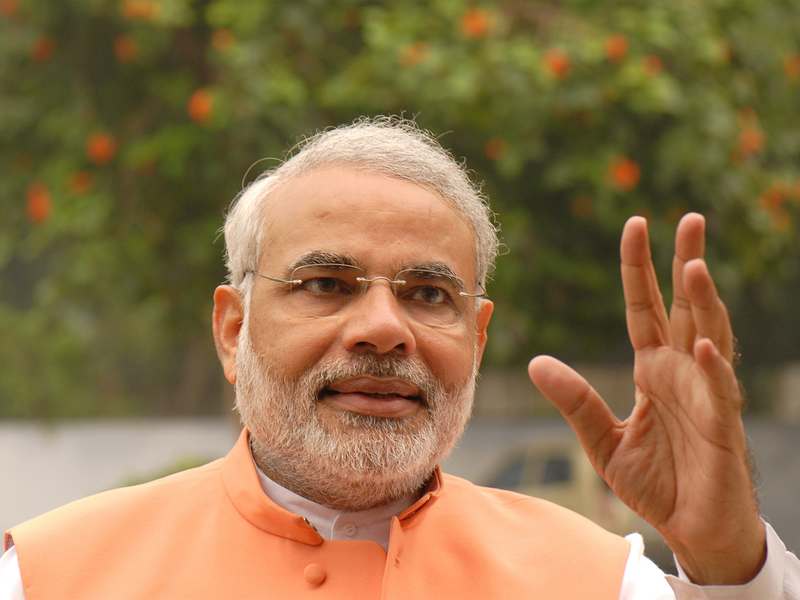
The Indian Railways recently got 2.8 crore applications for around 90,000 jobs it had advertised for.
This basically means that the ratio of number of applicants to the number of jobs stands at 311:1. Further, it means that 18.7% of India’s youth workforce (people in the age group 18-29) applied for it. Or to put it a little more simplistically, every one in five individuals who are a part of India’s youth workforce, applied for these jobs.
This is even without taking any education qualifications into account. If we do that (i.e. people who have at least passed the tenth standard or some such parameter), the proportion of India’s youth workforce which applied for these jobs in the Indian Railways would go up even further.
If this is not an indication of India’s massive jobs crisis, we don’t know what is.
The argument being offered against this is that just because someone has applied for a government job, does not mean he or she is unemployed. Of course, this is a fair argument, but an incomplete one. Allow me to explain.
Let’s us look at Table 1, a table we have used multiple times before.
Table 1:
Table 1 clearly tells us that only 60.6% of India’s workforce which is looking for a job all through the year, is able to find one. So, yes Indians may not be unemployed, but they are terribly underemployed. Hence, nearly 40% of Indians looking for a job all through the year are unable to find one. Or two in five Indians who are looking for a job all through the year are unable to find one.
Further, this underemployment translates into low levels of income, as can be seen from Table 2.
Table 2: Self-employed/Regular wage salaried/Contract/Casual Workers
according to Average Monthly Earnings (in %)
Table 2 shows us the income levels of India’s workforce. As far as the self-employed and the contract workers are concerned, nearly two-thirds of them make up to Rs 7,500 per month or Rs 90,000 per year. In case of contract workers, more than 84% of contract workers earn up to Rs 7,500 per month or Rs 90,000 per year.
The per capita income in 2015-2016 was at Rs 1.07 lakh. This basically means that a bulk of India’s non-salaried workforce, earns a significantly lower income than the per capita income.
The non-salaried workforce works largely in the informal sector, which forms a bulk of India’s economy (as high as 92% as per one estimate). As the Economic Survey of 2015-2016, points out: “By most measures, informal sector jobs are much worse than formal sector ones-wages are, on average, more than 20 times higher in the formal sector.”
Given these low levels of income primarily because of huge underemployment, so many people tend to apply for government jobs in general, and the recent vacancies in Indian Railways are no exception to this. People are looking for a regular and stable source of monthly income. They want to get rid of the irregularity of payment that they have to regularly deal with in the informal sector.
The Indian government is a good paymaster, especially at lower levels. As the Report of the Seventh Pay Commission points out: “To obtain a comparative picture of the salaries paid in the government with that in the private sector enterprises the Commission engaged the Indian Institute of Management, Ahmedabad to conduct a study. According to the study the total emoluments of a General Helper, who is the lowest ranked employee in the government is Rs 22,579, more than two times the emoluments of a General Helper in the private sector organizations surveyed at Rs 8,000-9,500.”
Hence, the IIM Ahmedabad study “on comparing job families between the government and private/public sector has brought out the fact that…at lower levels salaries are much lower in the private sector as compared to government jobs.”
In this scenario, it isn’t surprising that so many people apply for government jobs in India. The employment opportunities in the informal sector are irregular and simply don’t pay enough. India’s huge underemployment gets reflected in the number of people applying for government jobs.
And at the end of the day, underemployment is also a representation of unemployment and the huge jobs crisis that India is facing. There simply aren’t enough jobs/employment opportunities which will keep individuals occupied for the full year, going around, for everyone who is a part of India’s burgeoning workforce.
Indeed, that is something to worry about. And what is even worrying is that the Modi government is not worrying about this huge issue.
Postscript: Dear Reader, you must be wondering why are we still using 2015-2016 data even in 2018-2019. The Labour Bureau carried out six household-based Annual Employment-Unemployment Surveys (EUS) between 2010 and 2016. Of these, reports of five rounds have been released till date. The last report was released in September 2016. The question is, why has the report for the sixth round of the Survey not been released till date.
Recently, in an answer to a question raised in Parliament, the government said, “On the recommendations of the Task Force on Employment, however, this survey has been discontinued.” Basically, a survey that brought bad news in the form of huge underemployment that India has been facing, has been discontinued, and then the government goes around talking about lack of data.
The column was originally published on Equitymaster on April 16, 2018.




